10 Interesting Facts About Tanzania: Must-Know
Design your trip
10 Interesting Facts About Tanzania
Tanzania, also known as the land of Mount Kilimanjaro and the Serengeti, is a country located in East Africa. It is filled with breathtaking landscapes, diverse wildlife, and a rich cultural heritage. Here are 10 interesting facts about Tanzania that will give you a deeper understanding of this incredible country in Africa. Here are 11 Interesting Facts About Tanzania that might surprise you.
1. The Serengeti -Home to the great Migration
Serengeti National Park, is a world-renowned wildlife sanctuary and a hub for safari enthusiasts from all over the globe.With its diverse landscapes and abundant wildlife, this national park offers a truly unique experience that sets it apart from other safari destinations.
The park is home to the iconic African Big Five – lions, elephants, leopards, buffalos, and rhinoceros. However, it is the annual Great Migration that truly steals the show. Every year, over two million wildebeest, zebras, and gazelles embark on a treacherous journey, searching for fresh grazing lands.
Beyond the Big Five, Tanzania’s rich ecosystem showcases a fascinating array of species. The Great Migration isn’t just about the movement of herds; it’s a dramatic spectacle featuring the daring crossing of the Mara River, where crocodiles lie in wait. This epic journey provides a chance to witness the sheer determination of these animals as they brave the elements.
Moreover, the presence of large herds invites an impressive lineup of predators. Visitors may spot majestic cheetahs sprinting across the savanna or stealthy leopards lounging in the trees. Packs of hunting dogs roam the plains, adding to the thrill of the chase.
In Tanzania, every safari becomes a captivating story of survival and adventure, offering a front-row seat to one of nature’s greatest shows.. This awe-inspiring event, known as the Great Wildebeest Migration, sees over 1.5 million wildebeest leading the charge through the vast grasslands of Tanzania and Kenya.
Accompanying them are countless zebras and gazelles, all driven by the instinctive need to find pasture. This epic migration is one of nature’s most dramatic spectacles, as these animals face numerous challenges along their route, from crossing crocodile-infested rivers to navigating predator-filled plains.
Witnessing this natural phenomenon offers an unforgettable glimpse into the relentless cycle of life in the wild. This incredible spectacle of hoofed mammals traversing the plains in search of greener pastures is a sight that leaves visitors in awe.
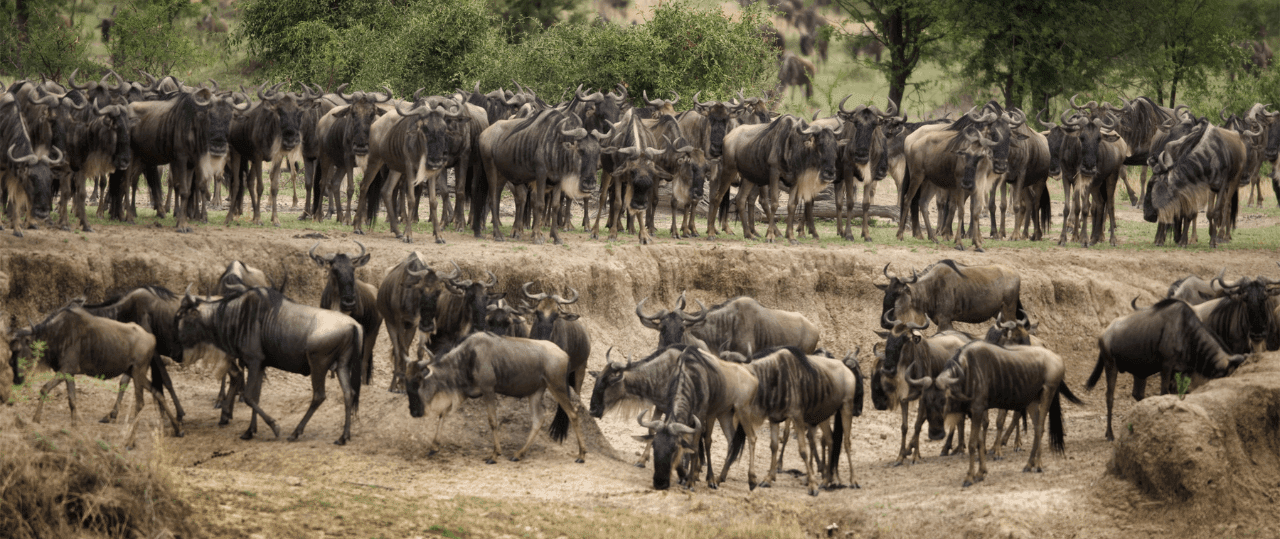
2. Home to the Majestic Mount Kilimanjaro
Tanzania is home to the majestic Mount Kilimanjaro, the tallest mountain in Africa and one of the most iconic symbols of the continent. Standing tall at 5,895 meters (19,341 feet) above sea level, awe-inspiring, Mount Kilimanjaro attracts thousands of climbers and adventurers from all over the globe, seeking to conquer its mighty summit and witness its breathtaking views.
Mount Kilimanjaro stands as a marvel not only for its towering height but also for its rich diversity of ecological systems. What truly sets this African giant apart is the array of habitats it hosts as you ascend its majestic slopes.
Nestled in the heart of Tanzania, Kilimanjaro supports an array of ecosystems, making it a microcosm of natural beauty and diversity. Here’s what makes Kilimanjaro’s ecological tapestry truly unique:
- Verdant Rainforests: As you climb higher, lush rainforests envelop the mountain, home to an abundance of wildlife and plant species.
- Moorland and Heath Zones: Further up, the landscape transitions into moorland and heath zones, marked by unique flora like giant groundsels and lobelias.
- Alpine Desert: Higher elevations transform into a stark alpine desert, characterized by extreme conditions and minimal vegetation.
- Arctic-Like Summit: At the peak, the climate shifts drastically. This arctic zone is capped with ice and snow, contrasting sharply with the tropical base.
Mount Kilimanjaro’s ecological diversity offers a journey through multiple climate zones, each with its own distinct scenery and life forms. This remarkable variety makes it a world of its own, attracting explorers and nature enthusiasts alike.
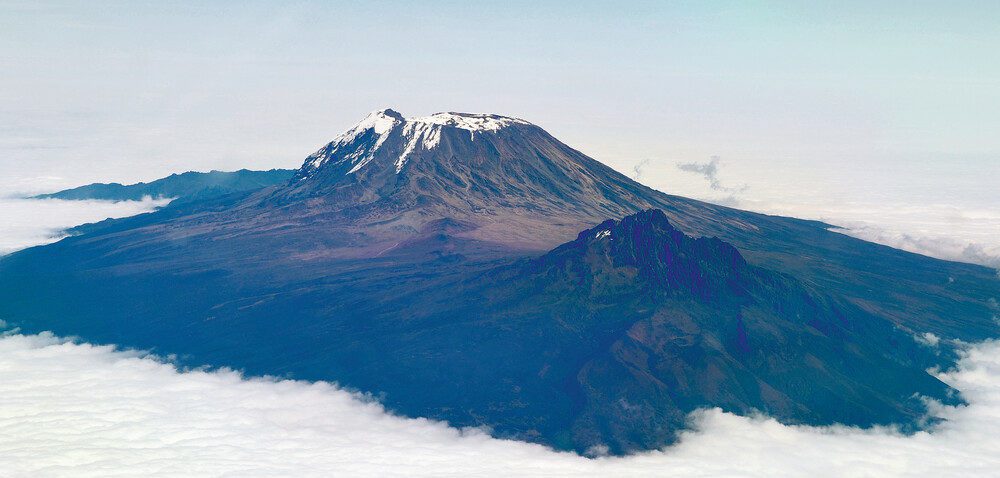
3.Home to Tree-Climbing Lions
One of the most fascinating and unique wildlife sightings in Tanzania is the presence of tree-climbing lions. While lions are typically associated with roaming the savannahs and grasslands, the lions of Tanzania have developed a unique behavior of climbing trees. This behavior is predominantly observed in two national parks: Tarangire National Park and Lake Manyara National Park.
In Tarangire National Park, visitors may witness the impressive sight of lions perched high up on the branches of trees, peering down at the plains below.
Lake Manyara National Park, famous for its diverse birdlife, is another location where tree-climbing lions can be observed. The park’s dense forests provide an ideal habitat for lions to display their unique behavior. This park is also home to a wide range of other wildlife, including elephants, giraffes, buffalos, and numerous species of monkeys and antelopes.
The Serengeti National Park, is another place where tree-climbing lions have been spotted. Although this behavior is less common in this park, visitors have reported witnessing lions resting on tree branches here as well.
It is still unclear why the lions in Tanzania have developed this tree-climbing behavior. Some experts suggest that it may help them escape the swarming tsetse flies on the ground, while others believe it allows them to get a better vantage point for hunting or simply to escape the heat on the ground.
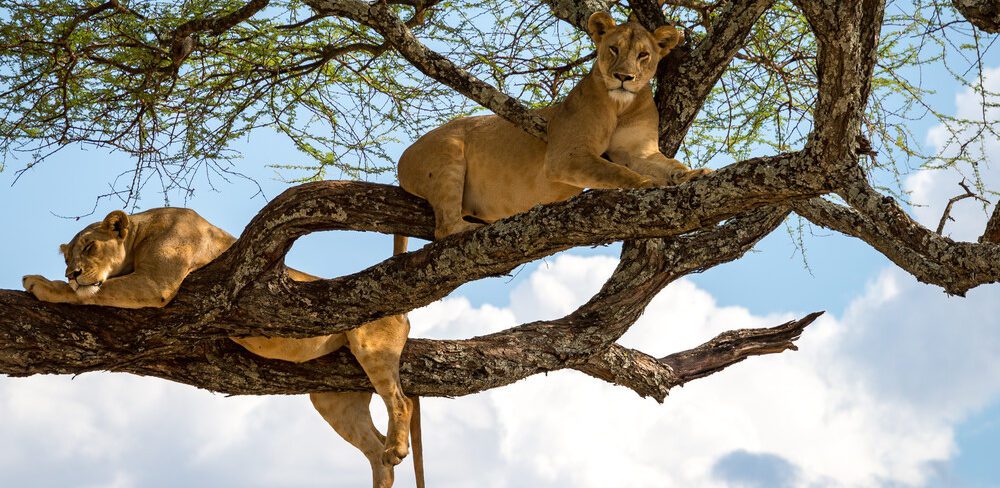
4.Olduvai Gorge: Unveiling the Cradle of Humanity
One of the most interesting facts about Tanzania is that ancient human bones were discovered in Olduvai Gorge, Olduvai Gorge is often referred to as the “Cradle of Humanity.” This extraordinary archaeological site has provided researchers with a valuable window into the evolution of early hominids and has greatly enhanced our understanding of human origins.
Beginning in the 1930s, the pioneering work of archaeologists Louis and Mary Leakey brought Olduvai Gorge into the limelight. Their groundbreaking discoveries of early hominid fossils, such as the remains of Australopithecus boisei (commonly known as “Zinjanthropus”) and Homo habilis, served as crucial evidence for the successful adaptation and evolution of early human ancestors.
In 1959, their son Richard Leakey and his team unearthed the now-famous skull of a Homo habilis individual known as “Handy Man.” The finding provided unprecedented insights into the physical characteristics and cognitive abilities of early Homo species.
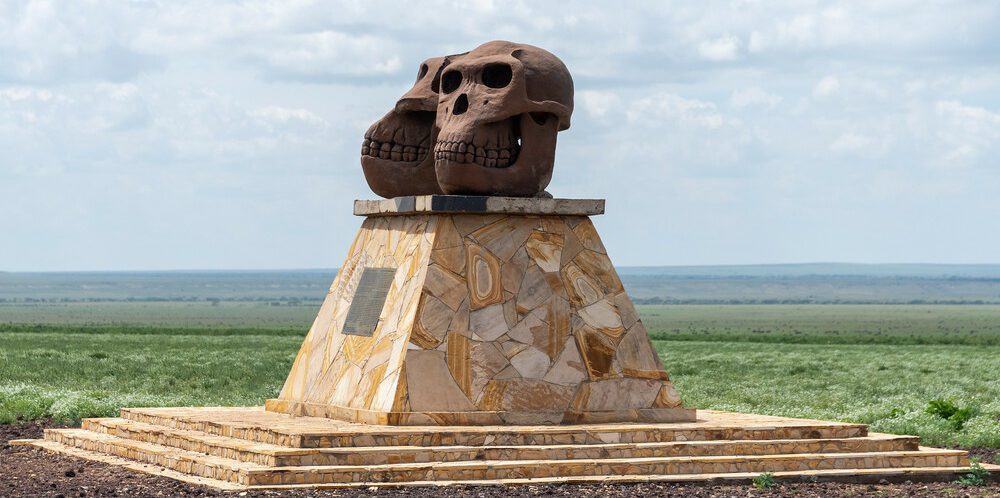
5.Unforgettable Encounters with the Big Five in Ngorongoro Crater
Ngorongoro Crater is a stunning natural wonder located in northern Tanzania, within the Ngorongoro Conservation Area. It is often referred to as the “Eighth Wonder of the World” and is a UNESCO World Heritage Site.
Formed approximately two to three million years ago, the Ngorongoro Crater is the largest unbroken volcanic caldera in the world. It was created when a massive volcano, believed to be even taller than Mount Kilimanjaro, collapsed in on itself. Today, the caldera floor stretches for about 260 square kilometers and is home to an incredibly diverse ecosystem.
The Ngorongoro Crater is renowned for its breathtaking scenery and abundant wildlife. It is surrounded by steep walls that rise up to 600 meters, creating a natural enclosure for the animals within. This makes viewing wildlife in the crater incredibly easy and rewarding. Visitors have the opportunity to see a wide variety of wildlife, including the big five, elephants, lions, leopard, buffalo and even the endangered black rhinoceros.
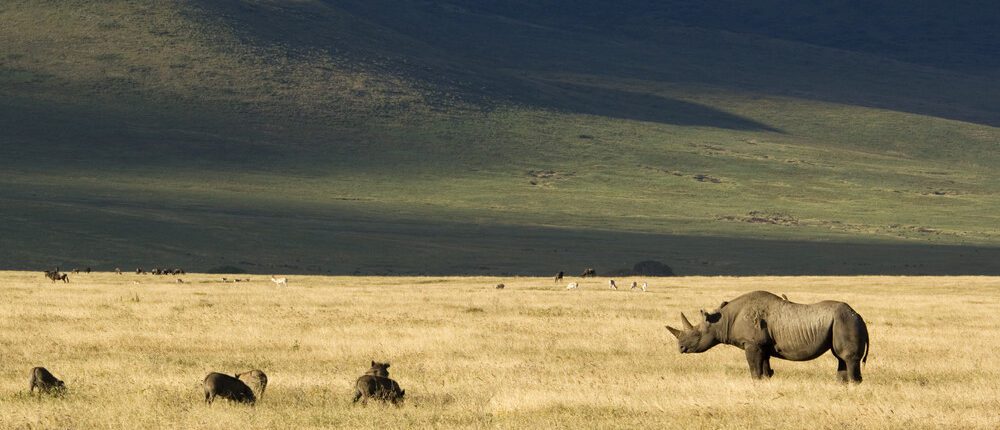
6.Exploring the Underwater Wonders of Zanzibar
Scuba diving off the coast of Zanzibar opens up a world teeming with vibrant marine life and breathtaking ocean vistas. Immerse yourself in the crystal-clear waters and experience close encounters with a diverse array of sea creatures.
Discover Unique Marine Species
As you explore the underwater landscapes, prepare to be enchanted by the rich biodiversity. Witness the striking patterns of Lionfish as they gracefully navigate the waters. Spot the elusive Leaf Fish, known for its excellent camouflage. Keep an eye out for the delicate and ethereal Seahorses gliding through the sea.
Encounter Majestic Green Turtles
Zanzibar’s coral reefs provide the perfect backdrop for observing the majestic Green Turtles in their natural habitat. Watch in awe as these gentle giants glide effortlessly through the water, offering a magical encounter that divers cherish.
Marvel at Frog Fish
Explore the fascinating world of the Frog Fish, a master of disguise often found in this underwater paradise. Their unique appearance and behavior offer a glimpse into the remarkable adaptations of marine life.
Why Dive in Zanzibar?
- Diverse Marine Life: The variety of species ensures every dive is a unique experience.
- Stunning Coral Reefs: Revel in the vibrant colors and intricate ecosystems of the reefs.
- Ideal Diving Conditions: With warm waters and good visibility, it’s a diver’s dream.
Embarking on a diving adventure off Zanzibar’s coast promises unforgettable encounters with the ocean’s wonders, leaving you with memories that will last a lifetime.
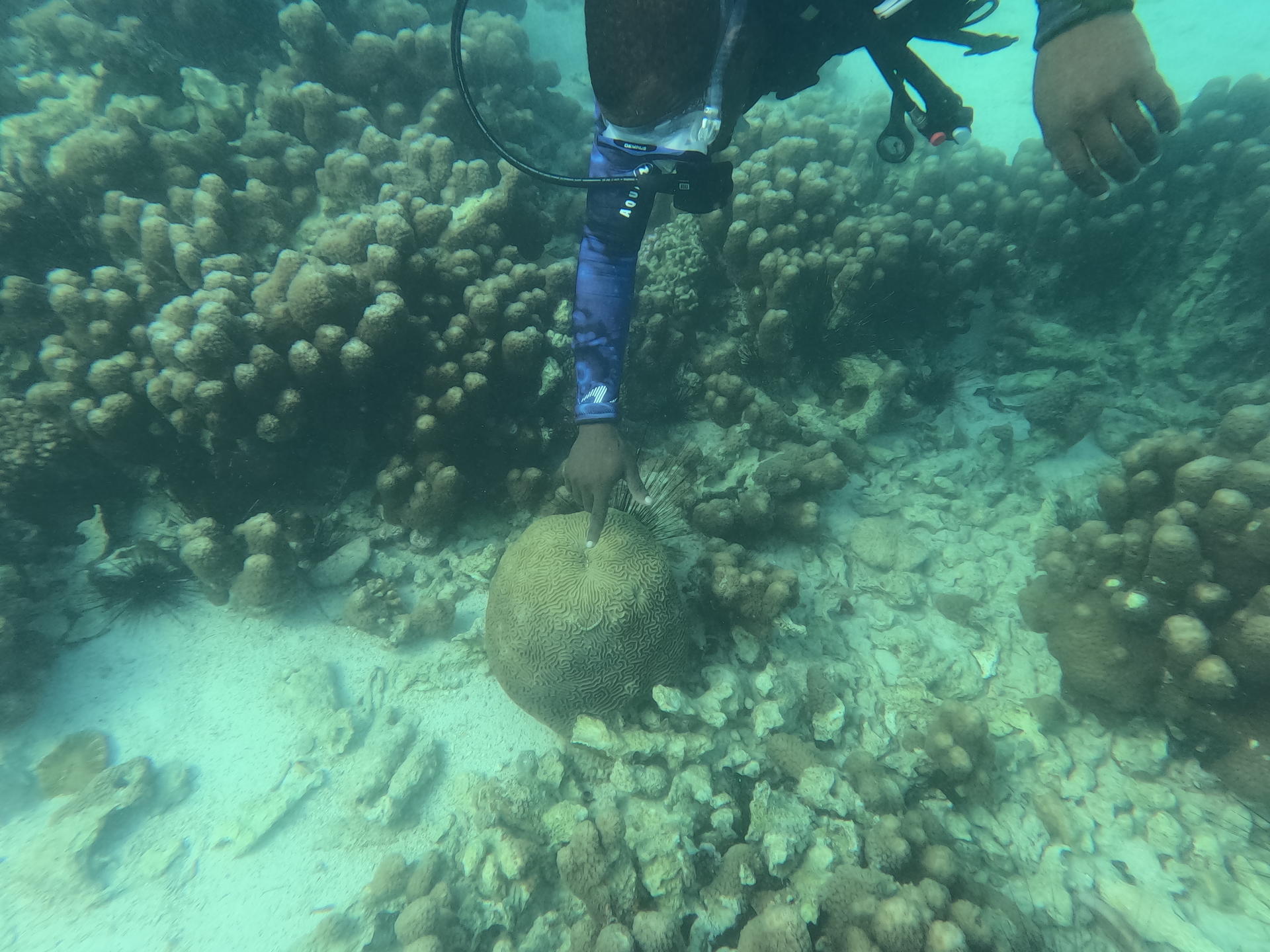
7.Lake Victoria: The Second Largest Freshwater Lake in the World
Lake Victoria, located in East Africa, is the second-largest freshwater lake in the world. Covering an area of approximately 68,870 square kilometers (26,600 square miles), it stretches across three countries: Uganda, Kenya, and Tanzania. With an average depth of 40 meters (131 feet) and a maximum depth of 84 meters (276 feet), Lake Victoria holds a tremendous volume of water, making it a vital resource for the region.
The lake was named after Queen Victoria of the United Kingdom by the famous explorer, John Hanning Speke, who discovered it in 1858. It is believed that Lake Victoria was formed as a result of tectonic activity in the region millions of years ago. The lake is fed by numerous rivers and streams, with its main source being the Kagera River..
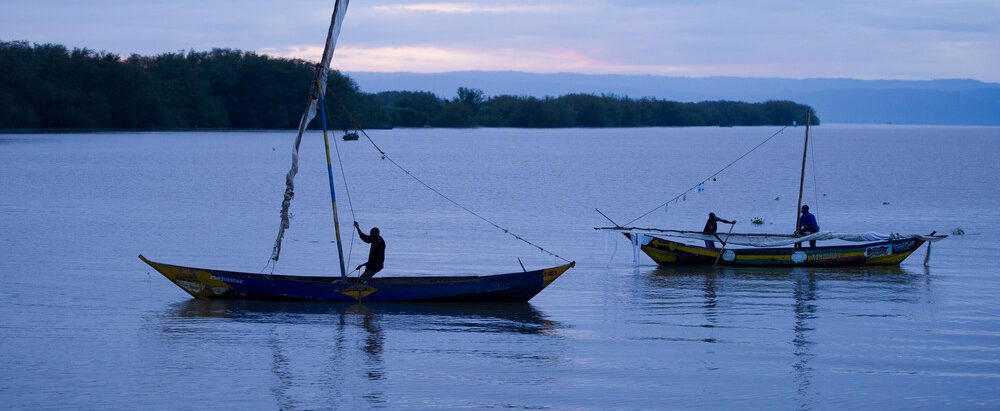
8.Lake Tanganyika: The second deepest lake in the world
Lake Tanganyika is a stunning body of water located in East Africa. It is the second deepest lake in the world, with a unbelievable depth of 4,710 feet (1,436 meters). Only surpassed by Lake Baikal in Russia, Lake Tanganyika holds several fascinating records and is a site of exceptional geological and biological importance.
Covering an area of approximately 12,700 square miles (32,900 square kilometers), Lake Tanganyika is bordered by four countries: Tanzania, the Democratic Republic of Congo, Burundi, and Zambia. Due to its large size, it is often referred to as an inland sea. The lake has a unique shape, stretching over 420 miles (676 kilometers) in a north-south direction, making it the longest freshwater lake in the world.
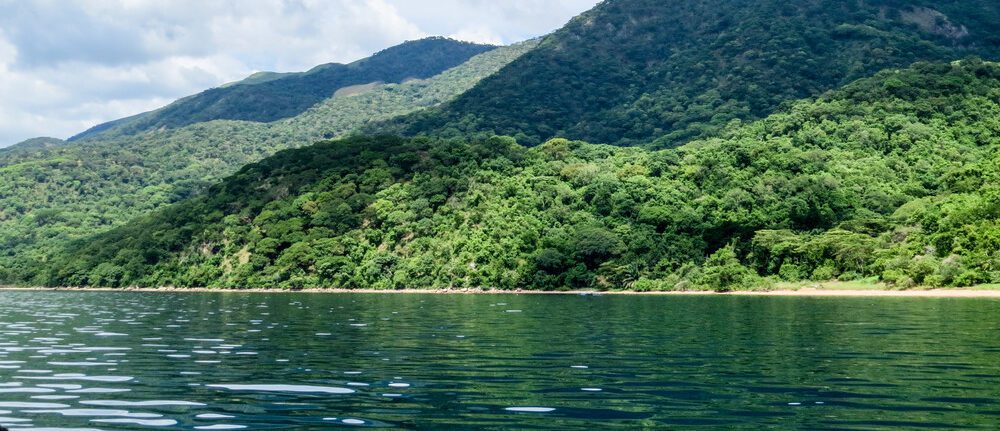
9.Tanzania is home to over 120 ethnic tribes
Tanzania is a diverse country that is home to more than 120 tribes, each with its own distinct language, culture, and traditions.
Swahili, also known as Kiswahili, is the official language of Tanzania and plays a critical role in unifying the diverse cultures within the country.
One of the most famous tribes in Tanzania is the Maasai people, known for their vibrant red attire and intricate beadwork. Spending time with the Maasai will give you a glimpse into their way of life, as they continue to live semi-nomadic lives while keeping their traditional customs alive. Learn about their unique language, traditional dances, and the importance of cattle in their society. You might even get a chance to explore their traditional homes, called bomas, and try your hand at their traditional crafts.
Another fascinating tribe to visit is the Hadzabe, one of the last true hunter-gatherer tribes in the world. Spend a day with them and learn their ancient hunting techniques, as they track animals using bows and arrows. Discover their deep connection with nature and witness their expert knowledge of plants and herbs. Immerse yourself in their songs and dances around the campfire as they share stories of their ancestors.
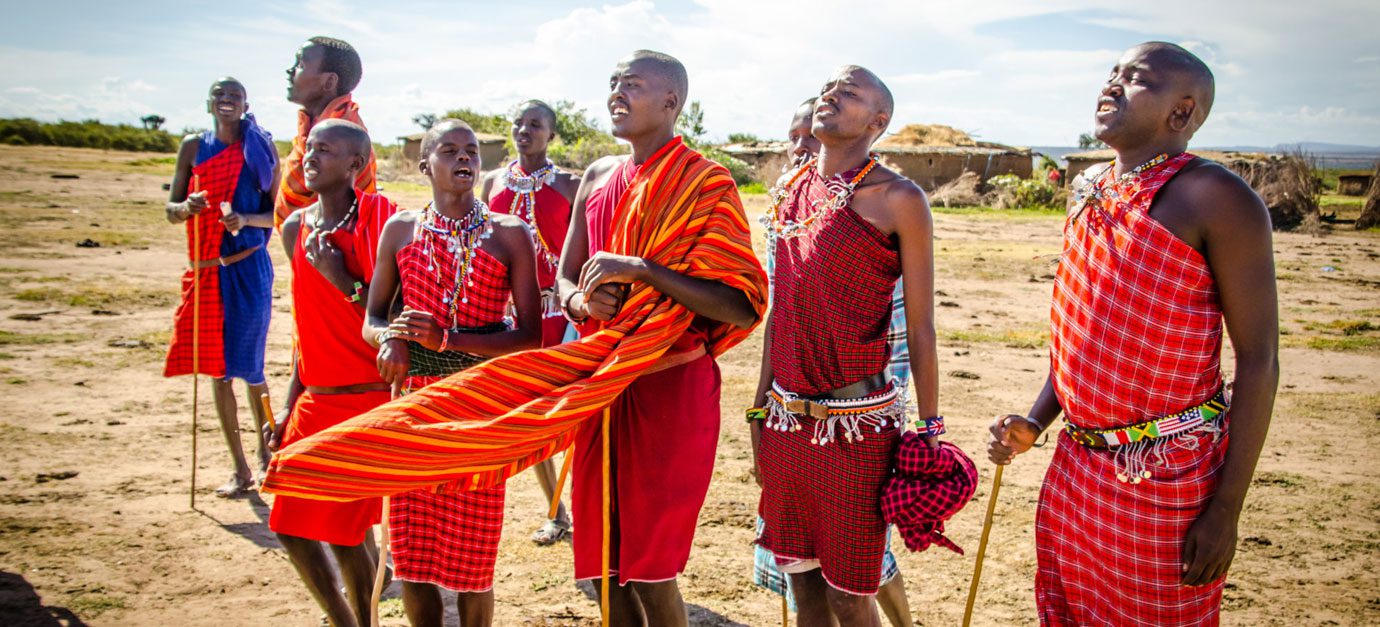
Why Tanzania is a Top Safari Destination
Tanzania stands out as a premier safari destination due to its unparalleled wildlife experiences and breathtaking landscapes. This East African gem offers some of the most diverse and awe-inspiring safari adventures you’ll find anywhere in the world.
Diverse Ecosystems
Tanzania boasts a rich tapestry of ecosystems, from rolling grasslands to dense woodlands, dramatic rock formations, and towering mountain peaks. This variety creates stunning scenery for any adventure seeker and provides a perfect backdrop for any photographer eager to capture extraordinary sights.
Abundant Wildlife
One of Tanzania’s most compelling features is its wealth of wildlife. The country’s national parks and reserves are home to the iconic "Big Five": lions, elephants, buffaloes, leopards, and rhinoceroses. Beyond these, you’ll also encounter rare and captivating species like cheetahs, hunting dogs, and more.
The Great Wildebeest Migration
A highlight of any Tanzanian safari is the Great Wildebeest Migration. Every year, millions of wildebeest, zebras, and gazelles embark on a treacherous journey across the Serengeti, facing predators and crossing the perilous Mara River. This natural spectacle is one of the most remarkable animal migrations on the planet.
Predator Encounters
Where there are herds, predators are never far behind. Tanzania offers numerous opportunities to observe predators in action, from lions stalking their prey in the savanna to agile cheetahs sprinting across the plains. These thrilling encounters make for unforgettable moments on your safari.
Tanzania’s diverse landscapes, abundant wildlife, and dramatic animal migrations combine to make it a premier safari destination. Whether you’re an avid wildlife enthusiast or just seeking a unique travel experience, Tanzania’s rich natural offerings won’t disappoint.
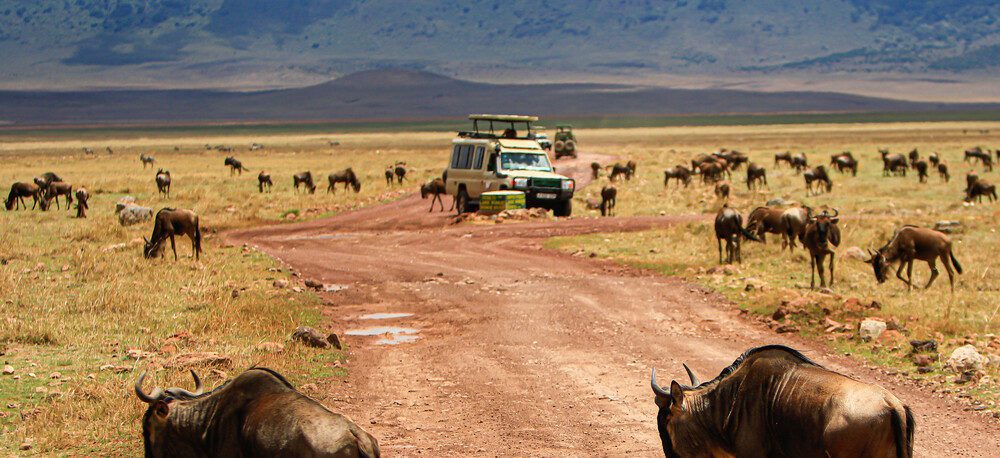
Extra fun facts about tanzania
- The Great Rift Valley, which runs through Tanzania, is the world’s largest continental rift and home to the Ngorongoro Crater, a UNESCO World Heritage Site.
- Tanzania is the birthplace of the African drum, and traditional drumming is an essential part of many local ceremonies and celebrations.
- Tanzania has more than 800 kilometers (500 miles) of coastline along the Indian Ocean.
- The country is famous for producing high-quality gemstones, including tanzanite, which can only be found in Tanzania.
- Tanzania is home to the mysterious Lake Natron, known for its blood-red color, caused by salt-loving microorganisms.
- Tanzania is home to the largest baobab tree in East Africa, known as the “Tree of Life.”
- Tanzania is named after the two states that formed it – Tanganyika and Zanzibar.
- The country has a fascinating history, from early human settlements to the Arab slave trade, German and British colonization, and eventually gaining independence in 1961.
- Tanzania is known for its stunning beaches and pristine turquoise waters. Places like Zanzibar, often referred to as the “Spice Island,” is a top beach destination in Tanzania. Its beautiful coastline stretches for miles, offering a variety of different beaches to explore.

